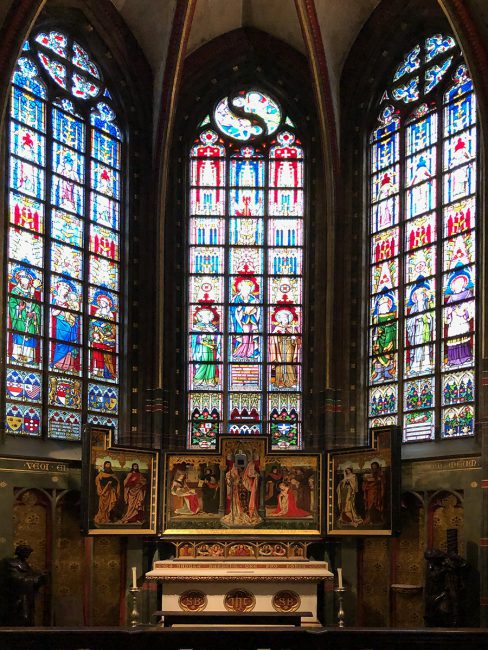
Space is a system for understanding and describing the world as well as a system for mediating and shaping the world. The architect’s work is of a political nature, since by designing the human habitat he also shapes the perception of society, which in turn determines his scope for action. We perceive space with all our senses, our feelings and our mind. Therefore, it is not only important how a room looks, but also how it feels, smells, sounds, changes or behaves when we interact with it.
“Atmospheres” are the key to understanding the human perception of space, as they reflect our emotional mood in the experience of specific spatial events. Every change in the state of our body is involuntarily evaluated by the emotional centers of our brain in a fraction of a second. However, it takes us more than a second to see, hear, touch, taste or smell what it is, which is why we always perceive rooms in an inner mood. Our emotional mood in the perception process is reflected in the atmosphere of the room situation.
Thanks to our empathy, rooms still have an effect on the
People when we look at them in the form of pictures or films. Empathy increases with immersion, which is why paintings, photographs, films or spatial stagings often move us more than the reality of our lives. One indicator of the aesthetic effect of immersion is the fascination we experience in the process of perceiving a spatial situation.
Read more: https://axelbuether.de/2017/die-sprache-des-raums/


